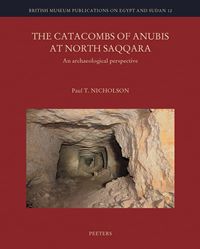| Main » Ad Board » ДРЕВЕН ЕГИПЕТ И АФРИКА » Археология |
| 19.05.2024, 11:45 | |
През далечната 1897 френският египтолог Жак де Морган отбелязва в своите проучвания две катакомби в северната част на некропола на Сакара, които служат за погребения на мумифицирани кучета, разглеждани като земно въплъщение на божествения водач и пазител на душите в отвърдното - Анубис. Установено е, че те датират от времето на Късния период и са използвани почти до края на Римската епоха. Тези обекти обаче така и не са обект на сериозно археологическо проучване до 2007 г., когато университетът на Кардиф (Уелс, Великобритания) стартира своя проект Катакомбите на Анубис. Настоящият отчет разказва подробно за работата и откритията на археолозите, както и за тяхното значение. Освен архитектурния анализ на самите катакомби, усилията на изследователите са фокусирани основно върху кучешките мумии и проучването им с всички възможни методи на модерните технологии. - на английски език, от MEGA, формат PDF.Сваляне с ляв бутон (downloading by left button) и после през бутона Download.
| |
| Views: 590 | Placed till: 19.06.2024 | Rating: 0.0/0 | |

